Mexican art history is a colorful mix developed from native traditions, colonial experiences, and times of revolution, showing the story of the country through time. It spans thousands of years, from the detailed artwork of ancient peoples to the bold creations of modern artists. Mexican art isn’t just about old objects in museums; it is an ongoing example of the people’s lives, struggles, victories, and strong connection to their homeland. By exploring its history, we see how different ages have helped shape a unique style that still interests and motivates people everywhere.
What Makes Mexican Art History Special?
Mexican art history is lively and always changing, influenced by many cultures and events. It mirrors the nation’s own history, with clear periods that each shaped its art. From early indigenous works to global modern styles, Mexican art has always shown the ability to change, mix new ideas, and invent fresh approaches.
Main Historical Periods and Influences
Mexican art history can be divided into several important times, each shaped by cultural or historical changes. It starts with the era before the Spanish arrived, around 3,000 years before the conquest, when art was mainly created by native peoples. After the Spanish conquest, European styles arrived and mixed with local traditions. Art changed again after independence as artists tried to show what it meant to be Mexican, and this continued strongly after the Mexican Revolution (1910-1920). In recent years, Mexican art draws on worldwide influences, including Asian styles, and is more present in international art circles.
Main Themes and Artistic Styles
Across all these periods, common themes and styles appear, linking Mexican art together. Art often has strong ties to religion and the leaders of the time, especially in early and colonial works. The use of bright colors and bold forms is a signature look. Mexican art is rarely created just for beauty; it often serves religious or political goals. Octavio Paz described early art as an arrangement of shapes that explains the world and the universe, focusing on how people relate to life and power rather than just what they see. There is an ongoing effort to balance European and native influences, seen first in colonial art and later as a point of national pride in using indigenous elements.
The Beginnings: Pre-Columbian Mexican Art
The earliest part of Mexican art shines brightest in the pre-Columbian era-when ancient societies built cities and created deeply meaningful artwork. This long period set the basic style and meaning for Mexican art, which continued after the Spanish arrived.
Main Ancient Civilizations and Their Roles
Mexican art history starts with settled groups in Mesoamerica (today’s central and southern Mexico). Historians divide this into Pre-Classic, Classic, and Post-Classic times (from about 1500 BCE to 1500 CE). The Olmecs, starting around 1200 BCE, were the first major culture, famous for inventing writing, calendars, astronomy, and huge stone heads. They set the pattern for later groups like the Teotihuacan, Zapotecs, and especially the Mayas, who made detailed carvings, wall paintings, and written texts. The Aztecs (1300-1521 CE) built their art mainly around their beliefs, with careful carvings, masks, and illustrated books recording their society and gods.
Artistic Methods, Materials, and Imagery
Ancient Mexican art used many media. Ceramic objects started early on, developing from basic pots to ritual and decorative pieces, decorated in many ways. Early ceramic figures were often women related to fertility traditions, used for over 2,000 years. Wall painting was present as early as 1800 BCE, done with natural pigments, focusing on people, gods, animals, and important events. Sculpture in stone was usually large and often formed part of buildings. The Olmecs were known for their three-dimensional stone figures; later, the Mayas made more flat carvings on buildings. Building design was also a kind of art, with cities and temples built to match important stars or directions. Art and writing worked together to record history and beliefs-examples like the Codex Mendoza are vital records of the Aztecs.
Famous Sites and Existing Artworks
Many ancient sites and artworks still exist. Places like San Lorenzo, Monte Albán, Cuicuilco, Teotihuacan, Uaxactun, Tikal, Bonampak, and Palenque hold impressive buildings, murals, and statues. Notable surviving pieces include:
- Olmec colossal heads
- The Aztec Sun Stone (National Museum of Anthropology, Mexico City)
- The turquoise mask of Tezcatlipoca (British Museum)
- The disk of Coyolxauhqui (Templo Mayor Museum)
- Maya murals at Bonampak
The National Museum of Anthropology and Museo Diego Rivera Anahuacalli have large displays of pre-Hispanic Mexican art.

How the Spanish Conquest Changed Mexican Art
The Spanish arrived in the early 16th century and took control of the Aztec Empire, starting 300 years of colonial rule that reshaped Mexican art. This period saw a clash and gradual mix of European and native ways of creating art.
Mixing European and Indigenous Ideas
Spanish rule brought European techniques but did not completely replace native styles. Instead, there was an ongoing blend. The first Spanish efforts were focused on spreading Christianity and building churches, using local workers who added native details to European designs. For example, plants or corn might appear in stone church decorations. This mix is most obvious in early colonial church buildings and wall paintings.
Religious Art and the Church’s Role
During colonial times, most art was made for religious settings. Church buildings and their decorations taught people about religion and made the Spanish presence feel strong. Early churches combined European and Moorish details. Native feather workers kept making religious images, and indigenous artists helped create books and illustrations that recorded history and beliefs, sometimes from their own perspective (e.g., Lienzo de Tlaxcala).
The Rise of Mexican Baroque Art
By the 17th century, the Baroque style was popular in Mexico. Early Baroque art focused on looking real and simple, taking ideas from Spain and Caravaggio. Mexican Baroque favored natural looks instead of wild colors. Baroque sculptures were large and lifelike, with painted surfaces that looked like gold embroidery. Peter Paul Rubens’s art, available through prints, was a big influence, as were local painters such as Cristóbal de Villalpando, Juan Rodríguez Juárez, and Juan Correa. Wealthy donors and the church supported much of this artwork.
Mexican Art in Colonial Times (1521-1821)
The Colonial Era lasted from the fall of Tenochtitlan in 1521 until independence in 1821. European styles dominated, but local artists added their own influences, creating new types of art.
Religious Art and Portraits
Religious images, especially of the Virgin of Guadalupe, were very popular. Artists like Juan Correa and Miguel Cabrera made many such works. Portraits were important too, especially from the 17th century onward, showing leaders, noble families, and important women in detailed, idealized ways. Nuns were often painted at their profession, and family group portraits often mixed religious with personal themes.
Casta Paintings and Social Classes
Casta paintings, a special 18th-century genre, showed families of mixed backgrounds and the complex social system by labeling parents and children by their ethnic backgrounds. Artists like Miguel Cabrera and Luis de Mena painted these scenes. After independence, these works stopped being made, but today they are important sources for understanding Mexican society at that time.

Biombos and Decorative Items
Decorative arts like folding screens, or biombos, came from Asia through trade and became popular in elite homes. They displayed scenes from history, daily life, or fantasy. While early screens copied Asian designs, later ones included more Mexican themes. Artists like Juan Correa made notable biombos combining local and global motifs.
The Academy of San Carlos and Classic Art Training
Formed in 1783, the Academy of San Carlos aimed to restore control over art and encourage classical European tastes. Spanish artists led the school, and Neoclassicism became popular. Manuel Tolsá, a leading artist and Academy director, designed several Neoclassical buildings and statues that became landmarks.
Criollo and Indigenous Artists
Although many native artists remain unnamed, their work was crucial, especially in decorating early churches. Over time, Mexican-born artists of mixed background, such as Juan Rodríguez Juárez and Miguel Cabrera, shaped a style uniquely Mexican, combining European training with local elements. By the 18th century, artists started proudly marking their work as “painted in Mexico” for Europe-bound art.
Mexican Art from Independence to the Revolution (1821-1910)
The 19th century, after independence, was filled with change, and this showed in Mexico’s art. Artists started using more local subjects, trying to show what made Mexico unique.
Neoclassicism and a New National Style
After 1821, art remained European in technique but started to include images from Mexico’s own history and culture, partly to separate from its colonial past. The Academy of San Carlos continued to teach European styles, but gradually themes began to celebrate indigenous roots. The Romantic style, introduced by visiting artists, led to more paintings of Mexican landscapes, people, and daily life by local artists known as costumbristas. Agustín Arrieta, for example, painted the life and diversity of Puebla’s people, including African-Mexicans.
Public Monuments and Sculpture
The second half of the 1800s saw more large public statues and art, especially in Mexico City. Monuments like the Christopher Columbus statue, Cuauhtémoc (the last Aztec emperor), and the Angel of Independence became important national symbols. These works often blended European and indigenous features as a way to tell Mexico’s story through its heroes and history.
Main Painters and Their Influence
Key painters in this era include Pelegrí Clavé, who favored European themes, and José María Velasco, known for detailed landscapes like “El Valle de México.” Some artists, like Félix Parra, painted scenes from Aztec history, often focusing on the hardships faced by native Mexicans. By the late 1800s, new artists like Diego Rivera and Saturnino Herrán started to embrace Mexican subjects and styles, setting the stage for the art of the 20th century.
The Muralist Movement and Revolutionary Art (1920s-1950s)
After the Mexican Revolution, art changed direction again, giving rise to the muralist movement-one of the country’s most famous contributions to world art. Large murals were used to tell the country’s history and spread messages to everyone, not just the wealthy.
Political and Social Stories in Murals
The new government supported murals as a way to teach and unite people. These painted walls told stories of the Revolution, the struggles of workers and indigenous communities, and the idea of a new Mexican identity, blending native and Spanish roots. Murals were located in public spaces and often showed socialist themes.
The Big Three: Rivera, Orozco, Siqueiros
The main muralists-Diego Rivera, José Clemente Orozco, and David Alfaro Siqueiros-were classically trained but chose to create a unique Mexican style. Their murals were full of bold colors, strong images of people, and scenes from history and daily life. Rivera’s early works focused on indigenous culture; Orozco’s murals often showed darker, more emotional scenes; and Siqueiros, influenced by his political views, used new materials and creative techniques. Their work made Mexican muralism known around the world, attracting students globally.

Local and International Effects
The muralist movement helped boost national pride and interest in native arts and crafts. It influenced Mexican photography and film, and inspired artists in many countries. While later generations moved away from muralist ideas, these works left a strong mark on Mexican and world art, showing how art can shape public opinion and celebrate a national story.
Mexican Art in the 20th Century and After
After the muralists, Mexican art kept changing, taking on new styles and challenges. Artists focused on both personal expression and larger social themes.
Frida Kahlo and Personal Art
While murals got most of the attention, Frida Kahlo became famous for her smaller, very personal paintings. Her art explored her own struggles, Mexican folk culture, and identity. Through self-portraits, she shared her pain, health issues, worries about family and society, and ideas about being a woman. Her works, like “The Two Fridas,” became symbols of honesty and strength, especially after her death.
The Rupture Movement and New Directions
After the 1950s, artists in the “Rupture Movement” broke away from muralism and social realism. They used surrealism, mixed old and new styles, and focused less on politics. Artists like José Luis Cuevas, Gunther Gerzso, Edgar Coghlan, and Ignacio Barrios experimented with form and color, adding more personal and abstract themes to Mexican art.
New Mexicanism and Today’s Trends
In the 1980s, a new wave called Neomexicanismo mixed pop culture and postmodern ideas, often using bright colors and everyday symbols. Contemporary art includes collage, mixed media, and sly references to Mexican icons and history. Artists like Betsabeé Romero and Martha Chapa show how art now tackles global issues and keeps Mexican identity alive in changing times.
Mexican Art in the 21st Century
Today, Mexican art continues to grow and change, shaped by a mix of tradition and modern influences. Artists address themes like identity, migration, and social problems, reflecting modern Mexican life.
Important Modern Artists
Recent artists include Gabriel Orozco, Damián Ortega, Betsy Casañas, Roberto Cortazar, Eliseo Garza Aguilar, and Mauricio García Vega, who experiment with different materials, performance, and topics. These artists mix the old with the new, connecting local pasts with global ideas. Other well-known figures are Rafael Cauduro, Jazzamoart, and Daniel Lezama, each bringing their own perspective on Mexican tradition and the wider world.
Global Success and Influence
Today’s Mexican artists are often shown in top galleries in New York, London, and Zurich. For example, the mural “Pensamiento y alma huichol” by Santos de la Torre was displayed at the Louvre, the first Mexican piece there. More Mexican writers and critics are helping to explain Mexican art to the world, while artists remain connected globally. This helps keep Mexican art energetic and important in international conversations.
Mexican Folk Art and Handcrafts
Apart from formal painting and sculpture, Mexican folk art (or artesanía) is a big part of the culture, showing the country’s diversity and everyday life. Many crafts are passed down through families and reflect the region’s history or environment.
Ceramics, Textiles, and Everyday Art
Artesanía includes anything handmade for use or decoration. Ceramics have a long history, originally made by hand, later with the wheel and glazes from Spain and Arabia. Different regions have their own styles, such as Oaxacan blackware or Puebla’s Talavera pottery, which combines many design traditions. Other crafts include textiles, wall hangings, carved gourds, and painted wooden items. Bright colors are common, both in practical objects and decorations.
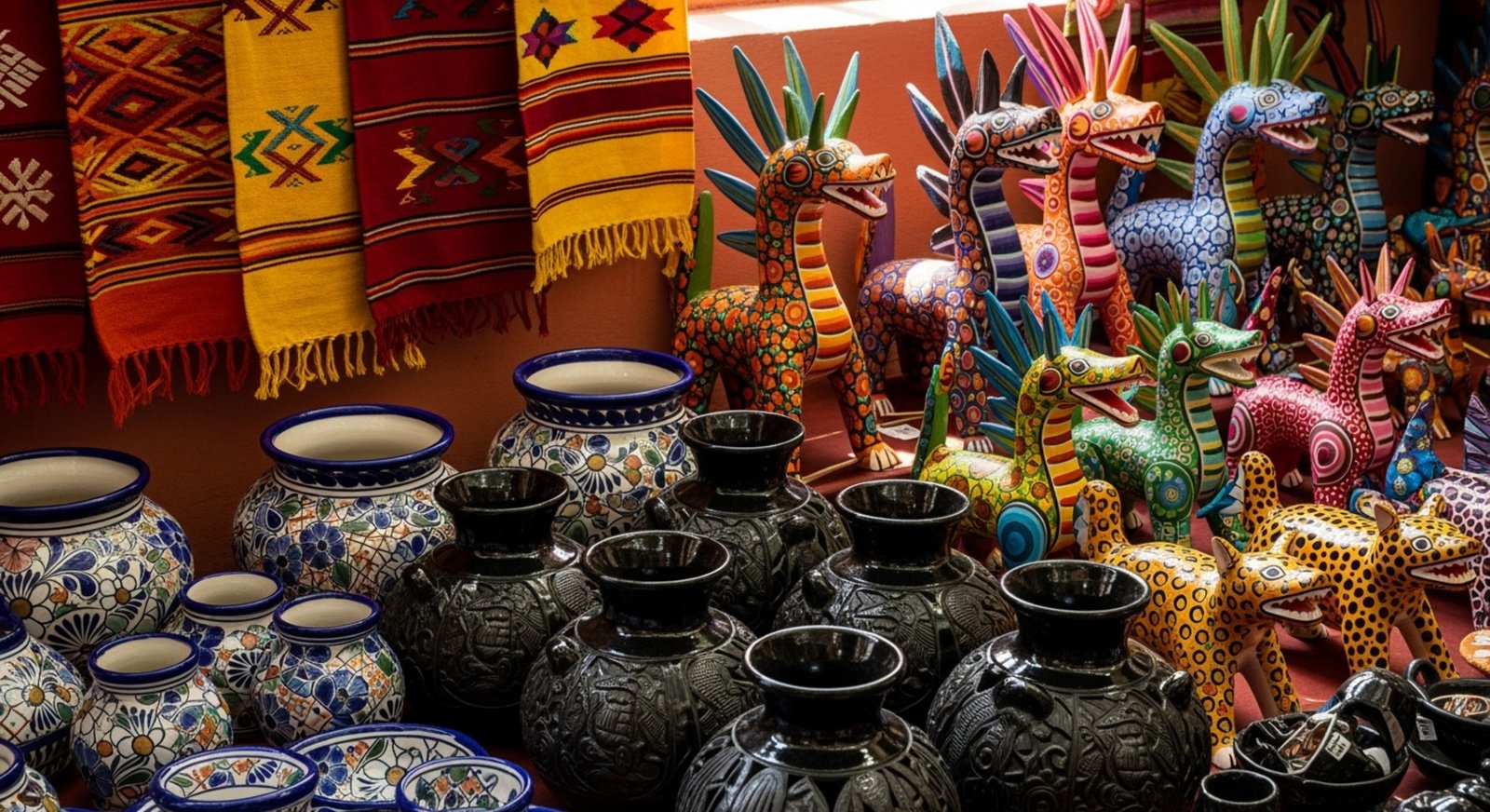
Cultural Importance and Regional Varieties
Folk art is not just about looks-it is also tied to Mexican identity, especially after the Revolution, when artists like Diego Rivera and Frida Kahlo promoted it. Local patterns may come from indigenous, European, or nature-based designs, depending on the area. Regional traditions are varied and include popular celebrations like Day of the Dead, with painted skulls (“calaveras”) set on altars, as well as hand-made masks used in festivals and dances.
Other Art Forms: Photography and Film
Besides painting and sculpture, both photography and film have had strong roles in Mexican art and culture, helping capture and share the Mexican story with the world.
Photography’s History in Mexico
Photography arrived in Mexico soon after it was invented. At first, it was used for portraits of the rich and pictures of important sites and ruins. Early photos sometimes showed dead children as “little angels,” following Catholic customs. Modern photography began with documentation, especially of public works and modern buildings. Guillermo Kahlo (Frida’s father) was known for carefully photographing architecture and workplaces. During the Revolution, photojournalists like Agustín Victor Casasola started showing the rough reality of war, focusing as much on ordinary people as leaders. Later photographers, such as Manuel Álvarez Bravo, balanced Mexican culture with modern trends, and recent artists use digital tools and explore new styles and topics.
Mexican Cinema’s World Role
Mexican film started by recording the Revolution and soon developed its own stars and directors. The 1940s are known as the “Golden Age” of Mexican movies, with actors like María Félix and Cantinflas, and directors such as Emilio Fernández and Gabriel Figueroa, who made striking black-and-white films. Mexico’s film industry won several international prizes. In later decades, filmmakers experimented with art-house styles. The rise of “New Mexican Cinema” in the 1990s, with movies like “Like Water for Chocolate,” led to international success. Today, directors such as Alejandro González Iñárritu, Guillermo del Toro, and Alfonso Cuarón are global leaders in filmmaking.
Key Figures in Mexican Art Over Time
The history of Mexican art includes many creative people-some famous worldwide, others known for shaping daily culture.
Famous Painters and Sculptors
The muralists-Diego Rivera, José Clemente Orozco, and David Alfaro Siqueiros-are perhaps the most recognized. Frida Kahlo’s inward-looking, colorful works made her an international symbol. Rufino Tamayo, Leonora Carrington (British-born, but worked in Mexico), and Gunther Gerzso (Swiss-Mexican) are also important for their modern and abstract pieces. Today’s artists, like Gabriel Orozco and Damián Ortega, continue this tradition with new materials and ideas.
Artists Who Shaped Popular Culture
Some artists are remembered for their impact on everyday Mexican life. José Guadalupe Posada created “La Calavera Catrina,” now a Day of the Dead icon. Agustín Arrieta captured daily scenes in Puebla. In film, Cantinflas, María Félix, and Dolores del Río became cultural figures. The style of Mexican folk art, with its bold colors, is seen everywhere from crafts to modern design. Artists like Don Alfonso, known for Day of the Dead art, keep these traditions alive and part of daily celebrations.
Places to See Mexican Art
The best way to understand Mexican art is to visit its museums, galleries, and public spaces where this history is on display and continues to grow.
Major Museums and Art Collections
Mexico houses many prominent museums:
- The National Museum of Anthropology (Mexico City) with its unmatched ancient Mexican collection
- The Museo Nacional de San Carlos and Museo Soumaya (Mexico City) for colonial art
- The National Museum of Art (MUNAL) covering colonial to early modern works
- The Museo Diego Rivera Anahuacalli focused on pre-Hispanic pieces
- The Palacio de Bellas Artes, National Palace, and San Ildefonso College for major murals
- The Museo de Arte Carrillo Gil and Museo Tamayo for recent art
- The National Museum of Mexican Art (Chicago) for a large collection outside Mexico
Cultural Events and Modern Art Spaces
Mexico’s art life is busy all over the country, not just in museums. Cities like Monterrey, Guadalajara, Oaxaca, and Puebla have many private galleries. The Guadalajara International Film Festival is a highlight for Mexican film. Traditional crafts are often sold at festivals and markets. New artists show their work in small galleries, often using modern styles and talking about today’s social issues. Institutions such as the Museo Universitario Arte Contemporáneo (MUAC) and Colección Jumex lead the way in contemporary art. Mexican art criticism and writing is also strong, found in many magazines and newspapers, contributing to an ongoing and lively cultural conversation.
| Period | Main Features |
|---|---|
| Pre-Columbian | Indigenous-only art, monumental sculpture, murals, pottery |
| Colonial | Mix of European and native traits, religious focus, Baroque and Neoclassical styles |
| Independence-Revolution | National identity, neoclassical and romantic painting, public monuments |
| Muralism | Large public wall paintings, political and social messages |
| Modern & Contemporary | Personal expression, new media, global influences |

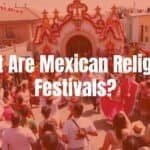
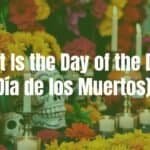


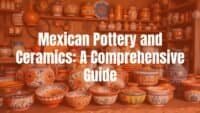

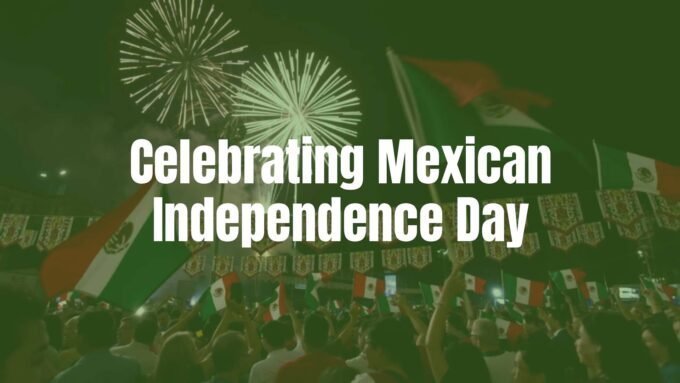
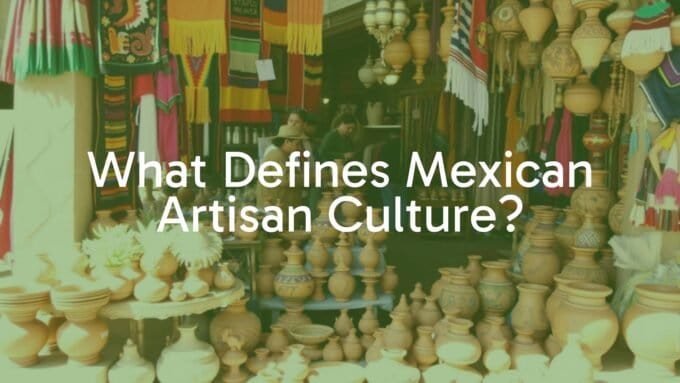
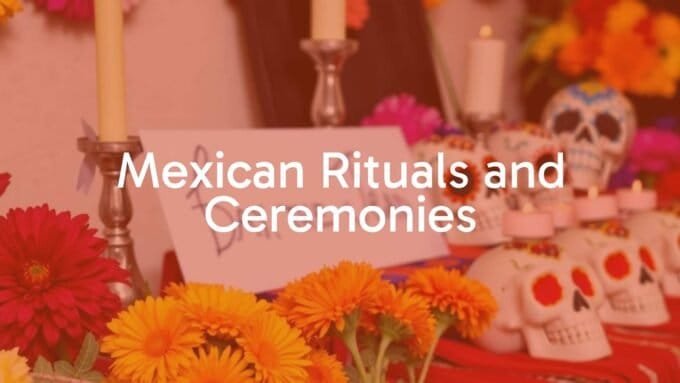

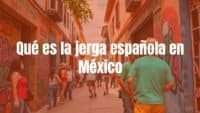
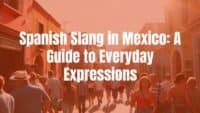
Leave a comment